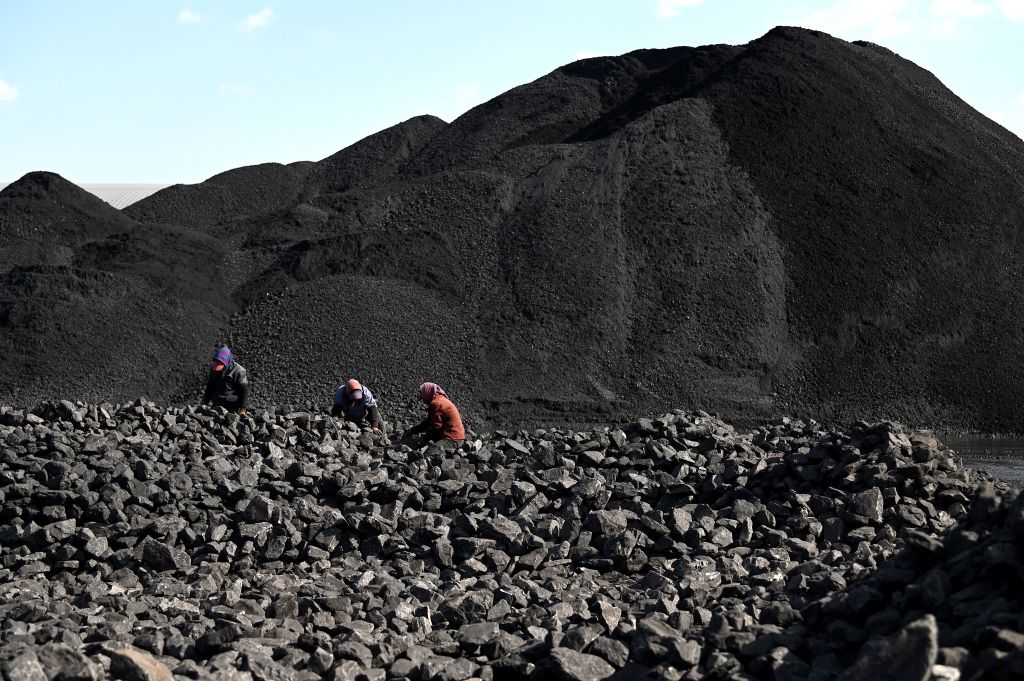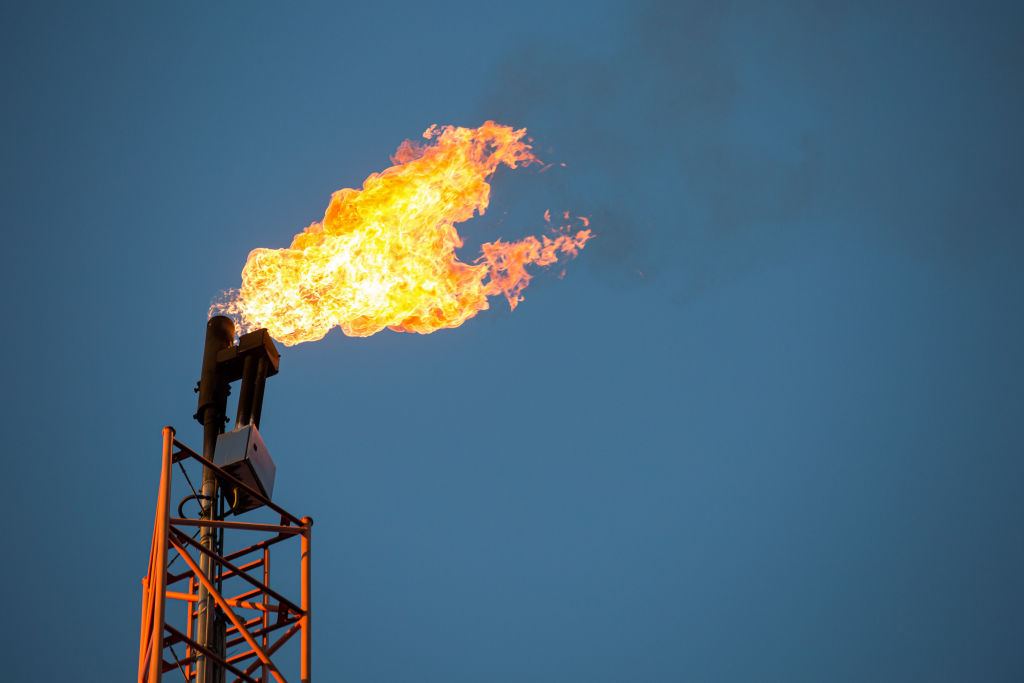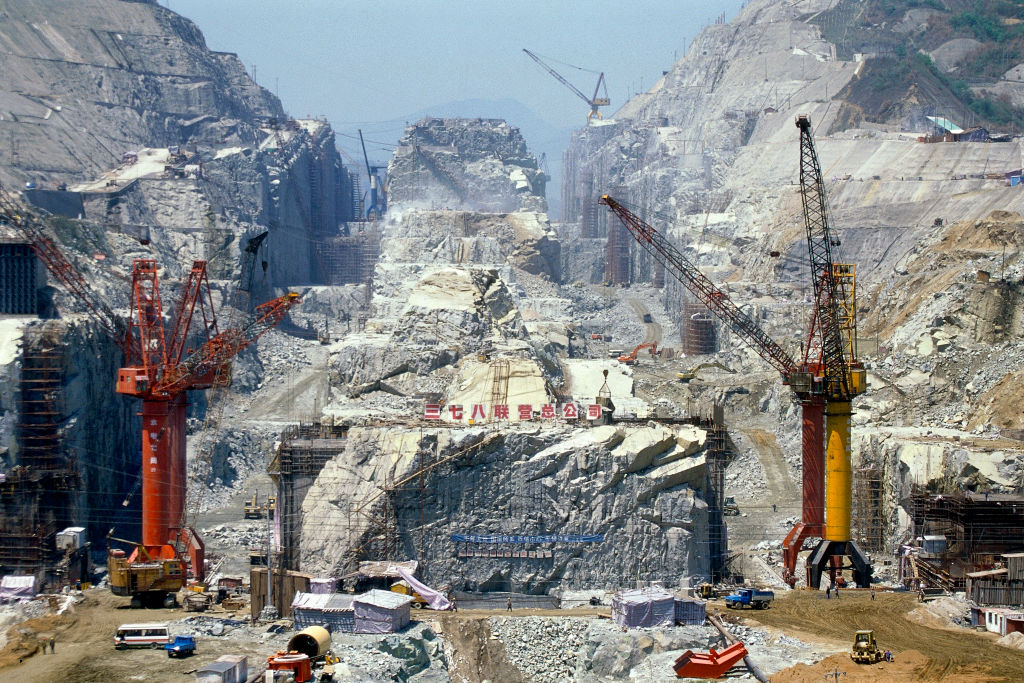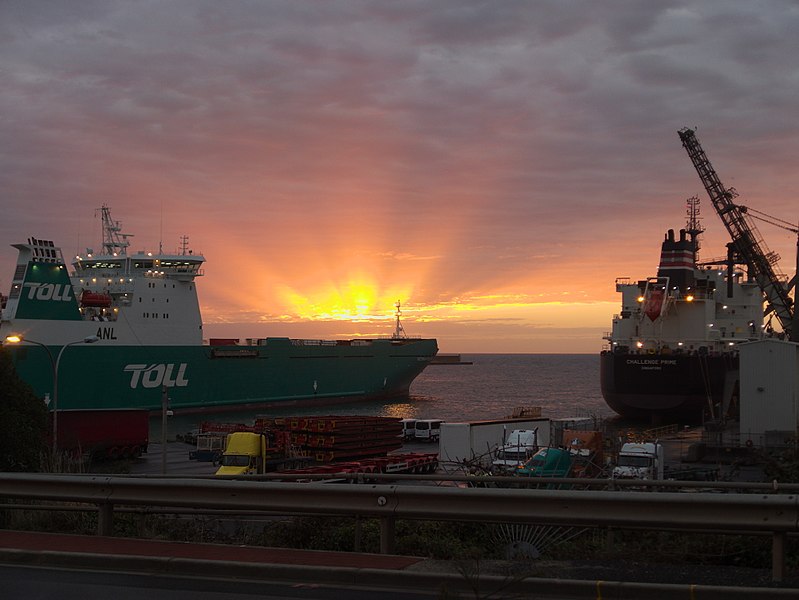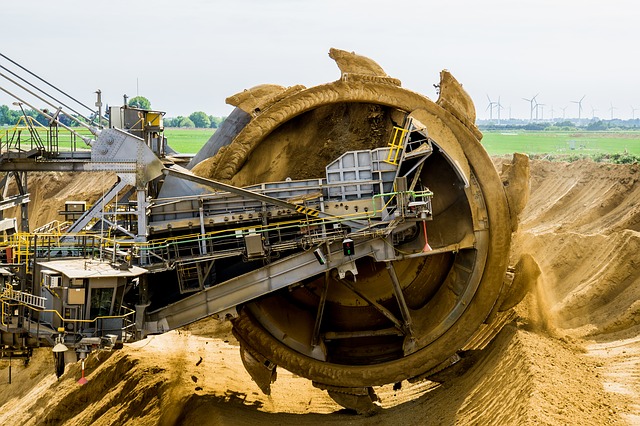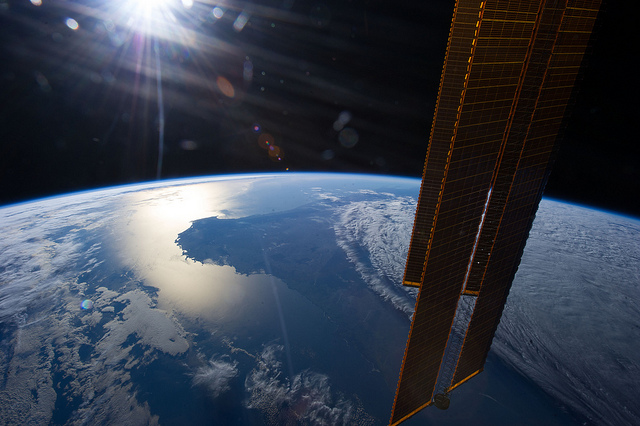The gas plan that’s sailing Australia into strategic peril

Australia’s east coast is facing a gas crisis, as the country exports most of the gas it produces. Although it’s a major producer, Australia faces a risk of domestic liquefied natural gas (LNG) supply shortfalls as soon as 2028.
Domestic price caps, intended to keep residential energy costs down, makes exporting gas more profitable. So importing gas, and therefore building LNG import terminals, appears to be the policy of choice for the Victorian government. However, relying on imported LNG will create a vulnerability in energy security.
Instead, Australia should be developing resilience. We should prioritise new domestic projects, such as the Northern Territory’s Beetaloo Basin, to increase domestic supply and improve our energy resilience. Distribution infrastructure would be needed.
Import terminal projects, such as the recently constructed Squadron Energy’s Port Kembla terminal, and Viva Energy’s Geelong proposal, are pitched as fast, efficient, market-driven solutions. The essential logic: if we export too much, we can simply buy it back on the global market.
It’s a traditional market solution that does not account for strategic risk and the potentially higher prices of imported gas. While commercially convenient, it assumes ongoing access to the international market.
Importing LNG ignores lessons we should be learning from Australia’s liquid fuel supply chain failures. Australia imports around 90 percent of its refined fuels. Nearly all local refineries have shut. We rely on complex, just-in-time maritime supply chains for the fuel that powers our economy and sustains our military.
The Department of Defence and national security experts have long warned that international maritime supply chains are vulnerable to disruptions—whether due to conflict, coercion or climate. Defence continues to scramble to patch our vulnerability with stockpiles and contingency planning.
Yet our gas policy seems intent on replicating these vulnerabilities. We are creating dependency on overseas production and on maritime transport. LNG tankers, and the floating storage regasification units that they feed, rely on uninterrupted access to global trade routes. The same routes that are subject to increasing contestation.
Gas is a strategic resource as well as a commercial product, with applications across commercial, industrial and residential sectors. It is particularly important for Australia’s mining and manufacturing sector. In the event of major conflict in the Indo-Pacific, Australia’s maritime trade will be directly threatened. It will need to defend itself and keep the economy running, and likely increase domestic manufacturing capacity as well. Gas will be an important part of this.
The government is committed to gas as a long-term source of energy, and there is currently no viable clean alternative to replace its industrial applications. We need similar commitment to expanding overall gas supply and production.
The federal resources minister, as a last resort amid shortfall, can redirect LNG exports back into Australia. But such an interventionalist practice would likely harm foreign investor confidence and damage important bilateral relationships.
Tapping available domestic resources is a better option. Australia has ample gas reserves in the Northern Territory, notably the Beetaloo Basin. But we lack the infrastructure to transport that gas where it is needed. A new pipeline connecting the basin to the east coast would be a nation-building project. It would also build resilience by creating domestic supply for a strategic resource.
Such projects will face such challenges as timeframes, costs and environmental risks. Each must be considered and carefully investigated. But failing to secure resilient domestic energy supply has its own costs and risks. Dependency on imported gas makes us vulnerable to global markets, international maritime transport and foreign actors. All while we have large domestic reserves.
Importing LNG will unnecessarily outsource control over a crucial economic input. Building overland pipeline infrastructure to access domestic reserves will develop self-reliance and retain Australian ownership over a strategic resource.
The Australian Competition and Consumer Commission has warned that while imports may be a viable short-term option with lower up-front infrastructure costs, they alone will not guarantee price stability or energy security. The Defence Strategic Review has called for whole-of-nation approaches to resilience. Gas is a test case.
We need to consider strategic risk in our energy planning. Short-term price signals cannot outweigh long-term sovereign capabilities and strategic interest. Nor can national security and energy policy remain separate.
We must act right now, as energy policy is at the fore of national political debate. We should fast-track the development of reserves such as the Beetaloo Basin and prioritise projects that underpin energy resilience and future prosperity. We should treat gas like the strategic asset it is and commit to pipeline infrastructure that connects our nation, not just our markets.


